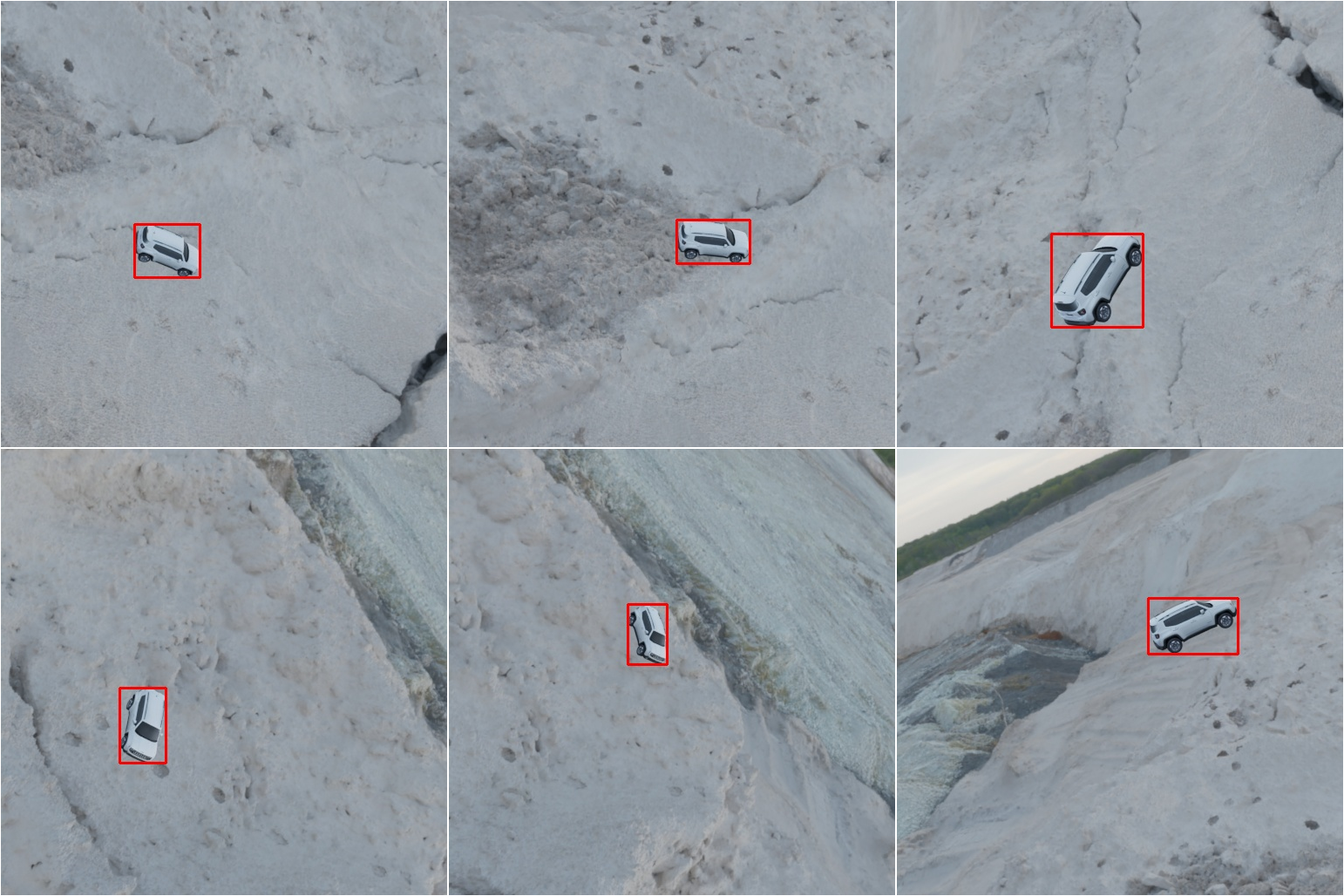- Linux 20.04
- Python 3.5.2+
- Docker
- Kubernetes
Objects/scenes are available across the web. A couple of good free sites:
The microservice by default outputs data to /data/nfs1/synth, using /data/nfs1/synth/temp during creation. Before commencing, create this directory structure and set permissions to -rwxrwsrwx using:
chmod -R 2777 /data/nfs1This microservice creates a kubernetes pod/docker container which fulfils requests. The process:
- Uses Swagger CodeGen to generate server code
- Builds the BlenderProc docker
- Builds and deploys the data generation microservice
- Sends a data generation request after a small wait to test the service end to end
- Further requests can be sent by modifying the request.json and running:
make curl_dockerAnnotations are produced in the standard COCO json format.
make all_dockermake all_kube # if sudo is required
make all_nosudo # if notThe kubernetes version expects a NFS to be configured, with its ip address specified in synth-pv-pvc.yaml: (spec:nfs:server)
The request.json specifies details of how the scene is produced. The flow of the program is as follows:
- A point of interest is specified in the scene where the model is placed
- The program stochasticly shifts the point of interest (within a range) so the object isn't in the direct centre of the screen (camera_shift_range_xyz)
- The program specifies a random camera location within a range (camera_location_range_xyz)
- The rotation matrix calculates the camera angle change required to point the camera towards the point of interest

